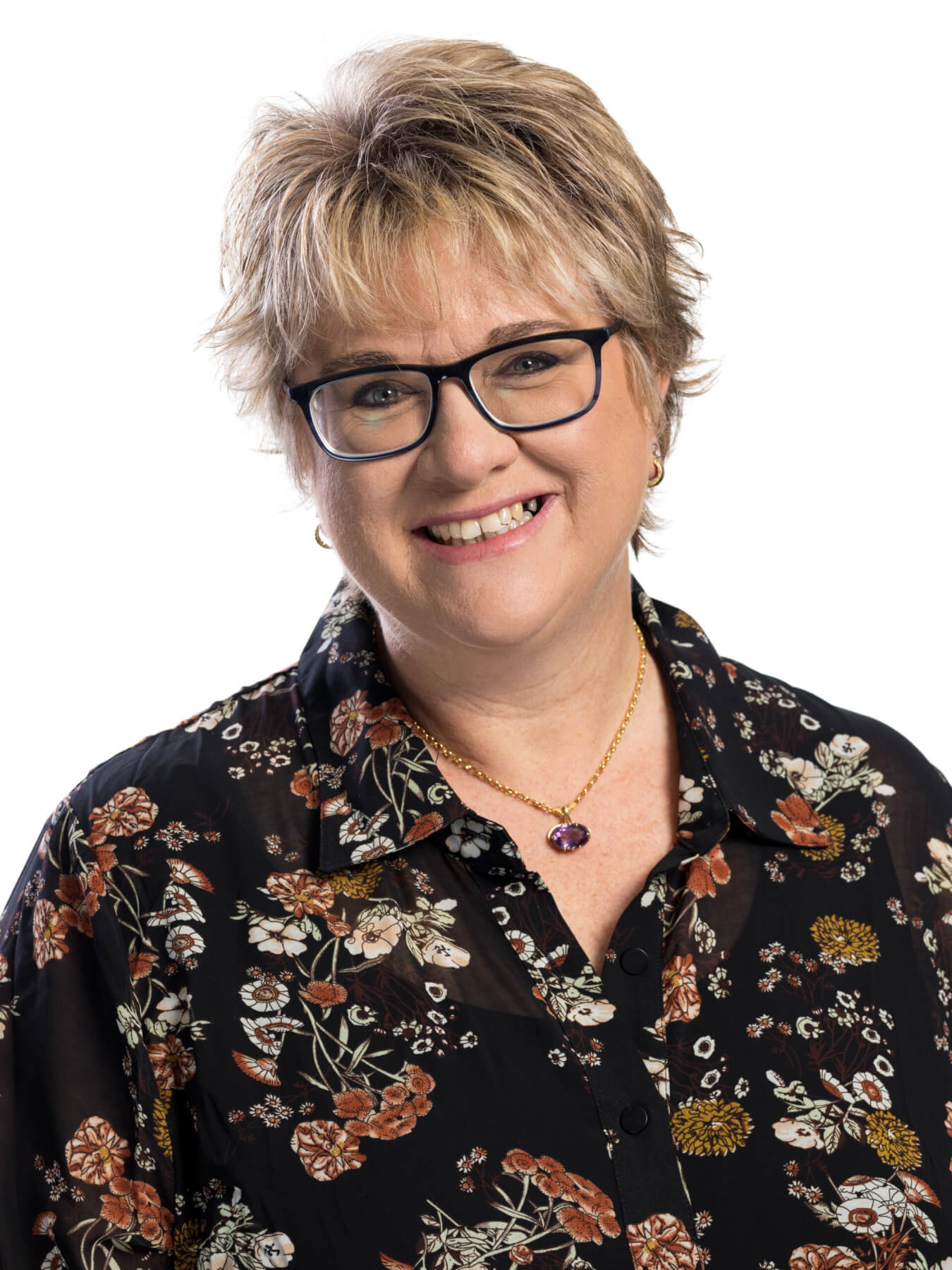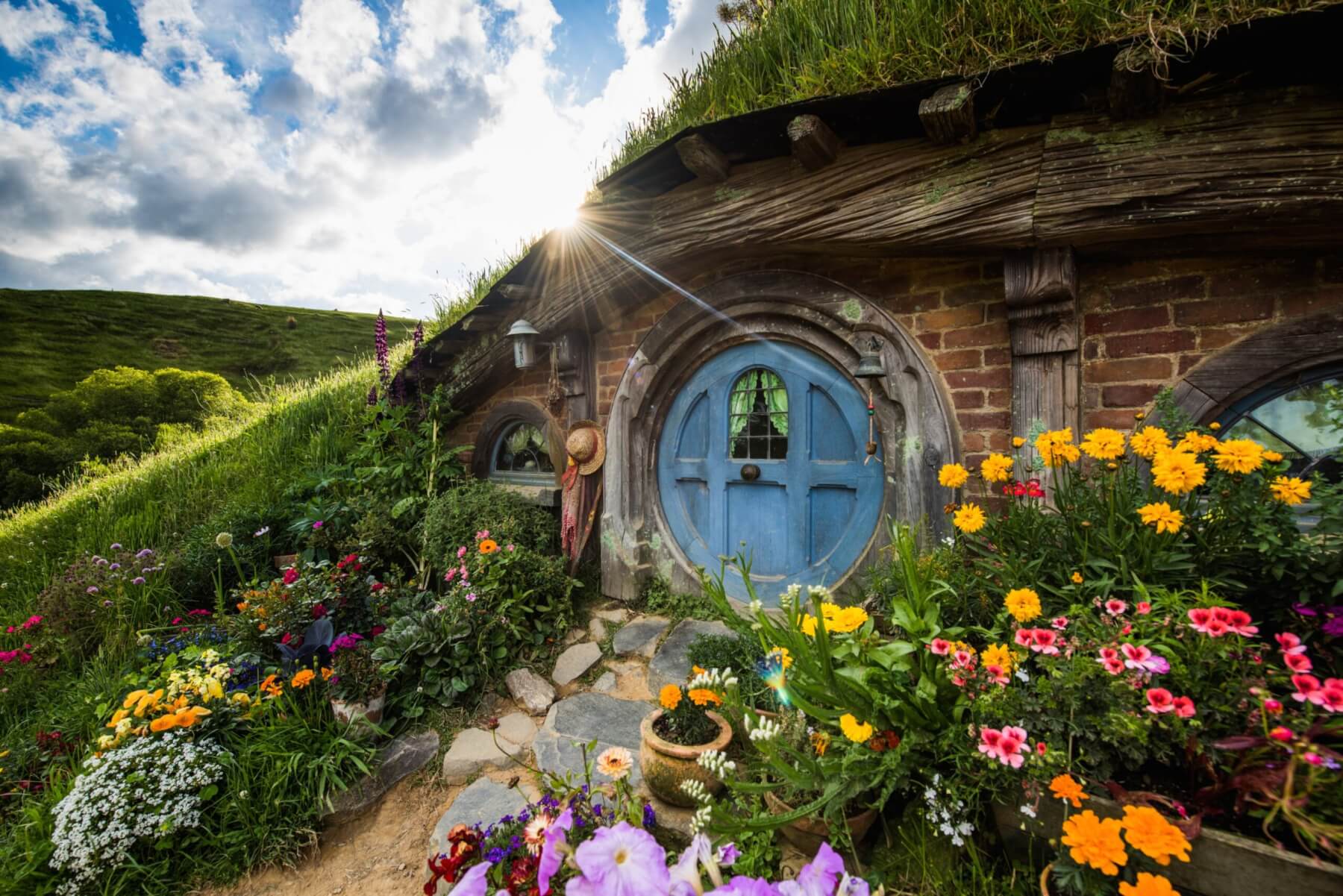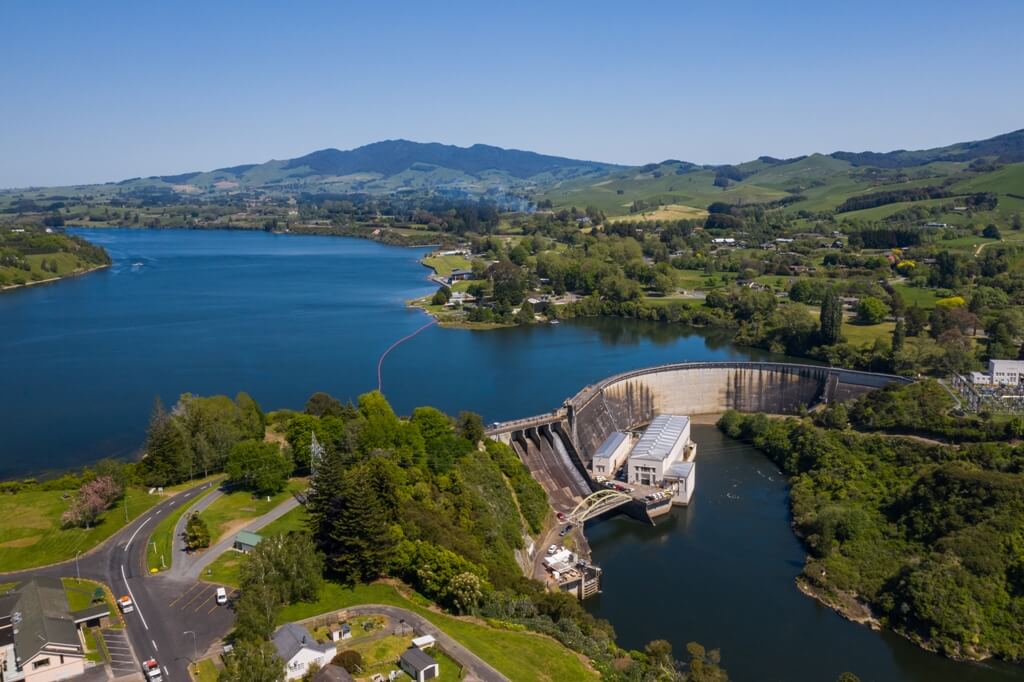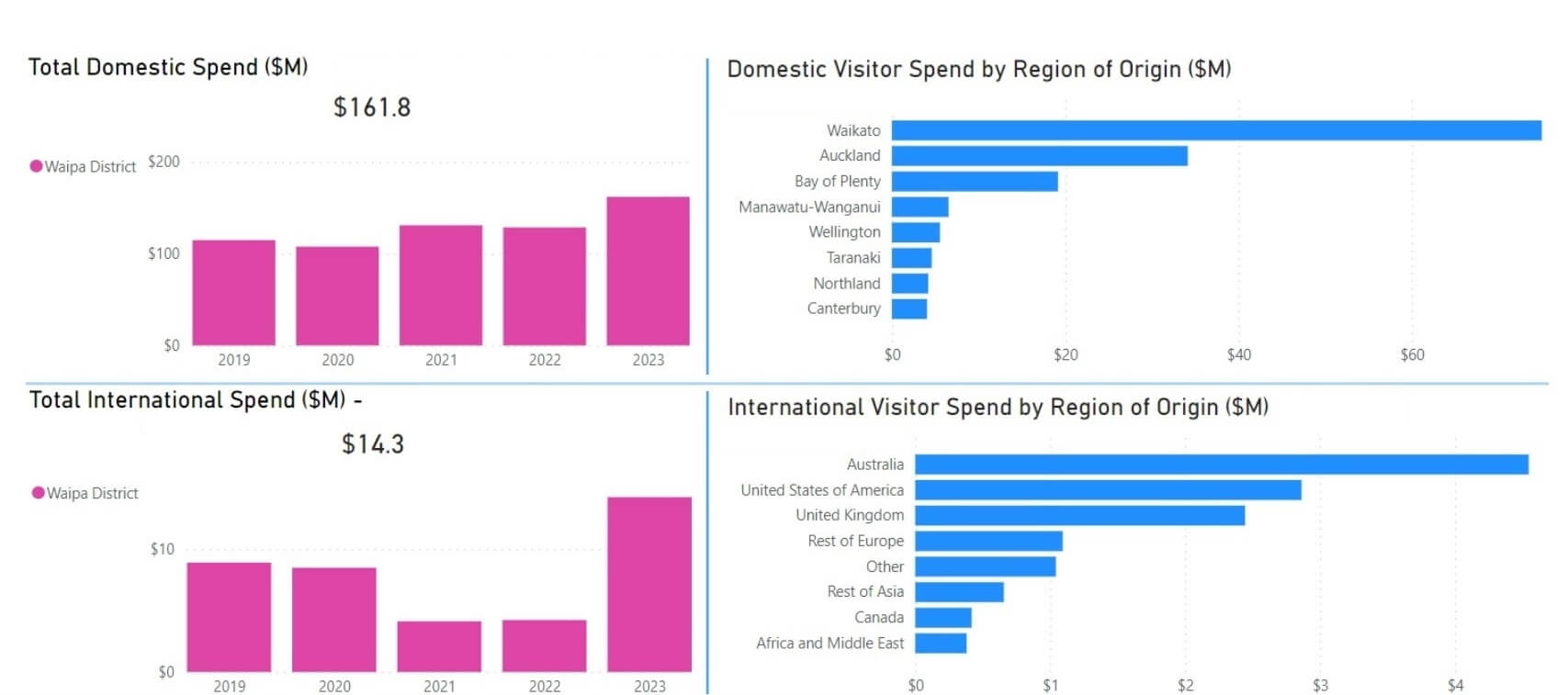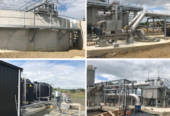Waipā residents recognise the positive value tourism brings to the district but are still concerned about the rubbish, parking and congestion problems it causes them.
International visitor expenditure in the district was up 237 per cent and domestic 26 per cent in the 12 months ended June 30 this year, Hamilton and Waikato Tourism chief executive Nicola Greenwell told Waipā District Council Finance and Corporate committee members last week.
The $14.3 million from foreigners and $161.8 million from within New Zealand were above pre Covid levels, she said. The biggest spend in the domestic market was Waikato people visiting in Waikato.
Nearly four months into this financial year, it was looking even better.
“We’re feeling really quite buoyant.”
Waipā has a service level agreement with Hamilton and Waikato Tourism – along with Hamilton, Matamata-Piako, Ōtorohanga, Waikato and Waitomo territorial authorities – to promote Waikato within New Zealand and offshore.
“Rest assured what we receive from our district council partners is maximised,” Greenwell said.
Waipā’s share to the organisation last financial year was $171,864 and $183,000 this year.
The tourism organisation, using money from the government’s Covid Recovery fund, ran two resident sentiment surveys, boosted its image library and analysed the organisation’s cost per resident.
At $3.30 for each resident, Hamilton and Waikato Tourism was among the three lowest – the others were Taranaki, Northland and Auckland. The highest is Queenstown at $172.35 followed by Rotorua ($66.64), Taupō ($56.26) and West Coast ($30.82).
Waipā residents showed an approval rating of 50 (“acceptance”) towards domestic visitors and 68 (“approval”) towards international visitors, above the New Zealand averages of 44 and 63.
“This is positive news that our Waipā residents are able to identify the benefit that tourism brings to their towns and district,” Greenwell told The News.
Challenges found locally were more litter and waste, greater difficulty finding a car park, damage to the natural environment, traffic congestion and a feeling of less safe driving.
“These challenges identified are opportunities for Waipā District Council to consider how these might be mitigated,” she said.
That included working with retailers/operators to minimise waste, look at whether there were sufficient parks in the right places and an exploration of traffic flows through town.
Residents also saw benefits such as businesses staying open longer, opportunities for employment, a greater appreciation of the natural environment and a desire to travel domestically.
Cr Clare St Pierre said while the figures were impressive, the benefit was not being seen as much on the western side of the district, in places like Pirongia and Te Awamutu.
“Is it because they have the businesses and infrastructure over there (in Cambridge)?”
Greenwell said other businesses partnered with Hamilton and Waikato Tourism.
“Operators choose to partner with us at whatever level and that does accelerate their exposure.”
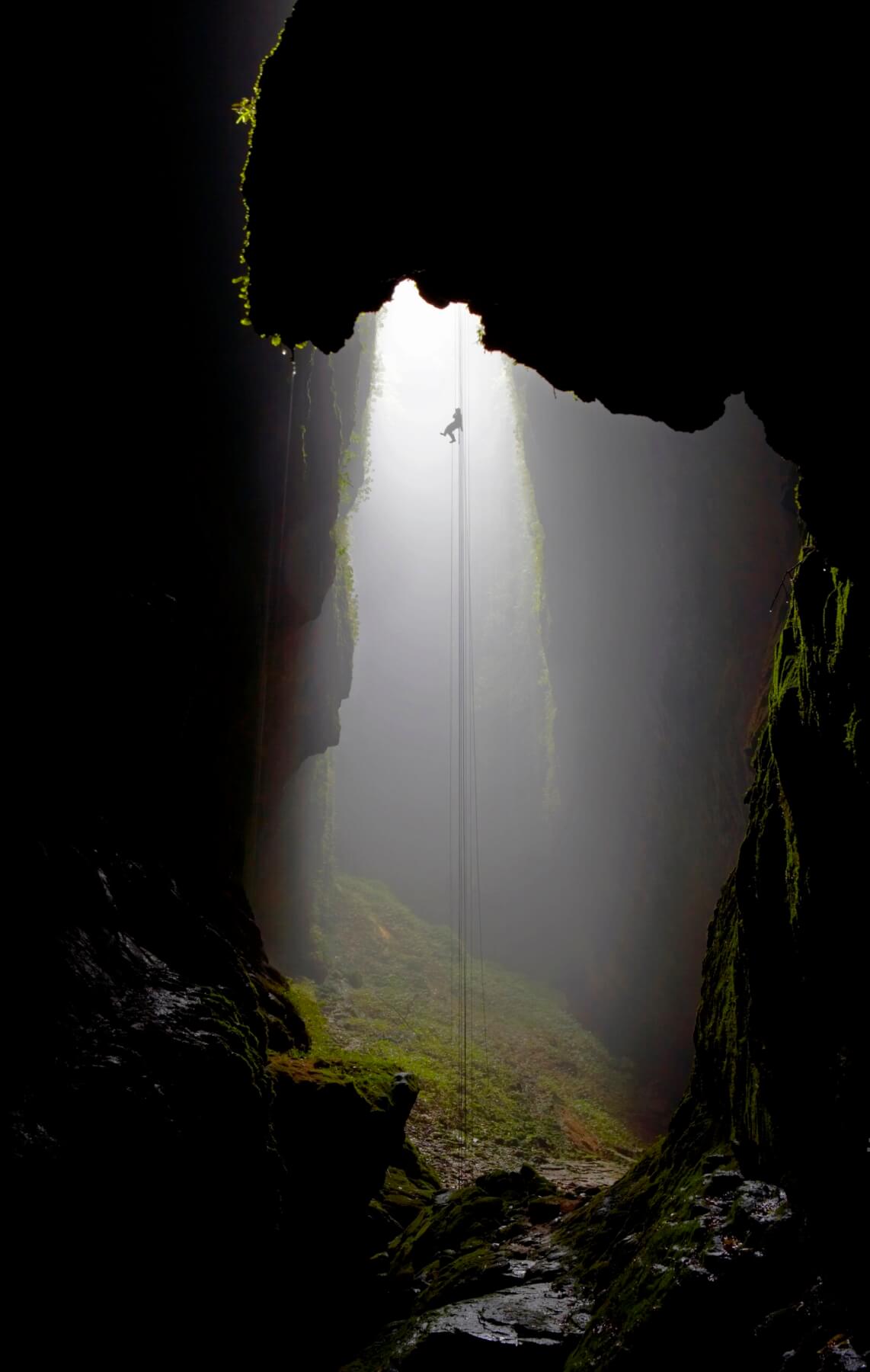
Waitomo Caves. New Zealand. 100 metre abseil (rappel) into “Lost World” underground cave system. Photo: Hamilton and Waikato Tourism
Deputy mayor Liz Stolwyk, who manages Mighty River Domain, Karāpiro for the council – arguably the biggest Waipā tourism attraction – asked why it did not appear buses were returning to the level they were pre Covid.
Operators are working differently, Greenwell said.
Before Covid, Hobbiton at the height of the season would operate a tour bus through the movie set every five minutes. Now it is one every 10 minutes.
And Waitomo Caves had 24 people on the boat before, now it was 20.
“That’s happening up and down the country.”
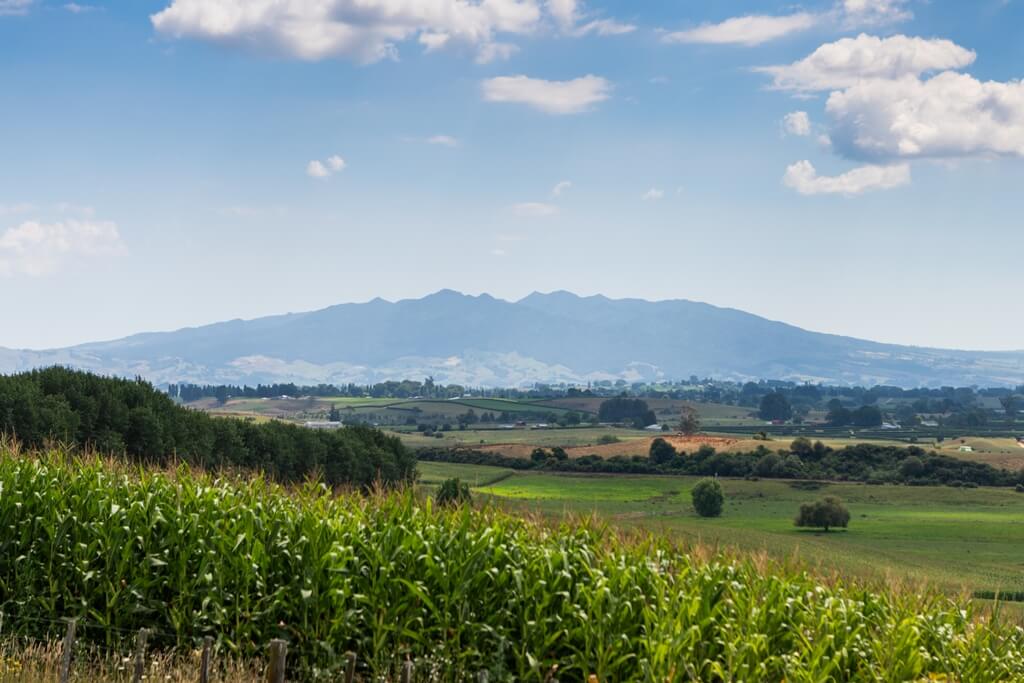
Mt Pirongia
Operators provided tourists with a better experience, better engagement while they were there and a lighter footprint in the community.
They were looking for visitors to “stay longer and explore deeper.”
Greenwell said Hamilton and Waikato Tourism would continue to support Waipā tourism developments such as Te Ara Wai Land Wars Museum in Te Awamutu and the Sports Hall of Fame at the Velodrome in Cambridge.



